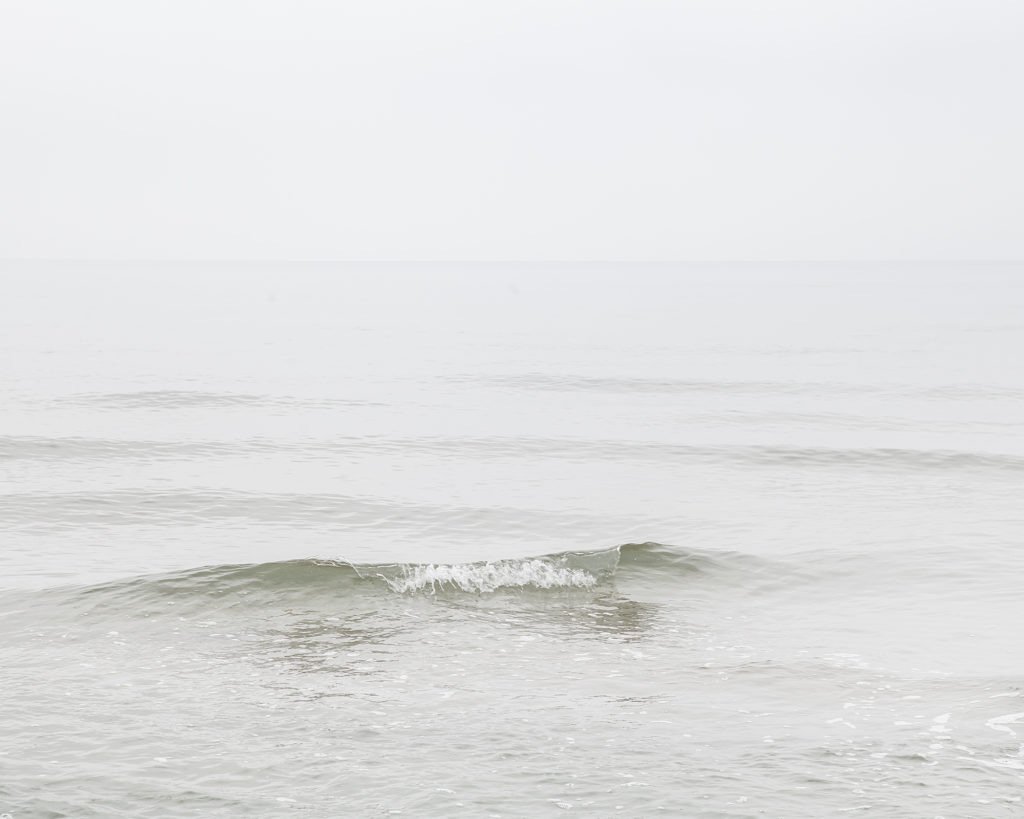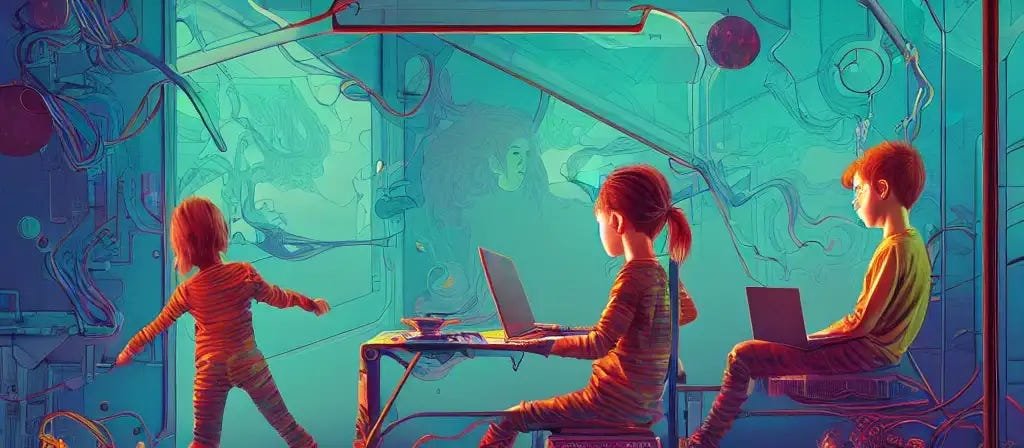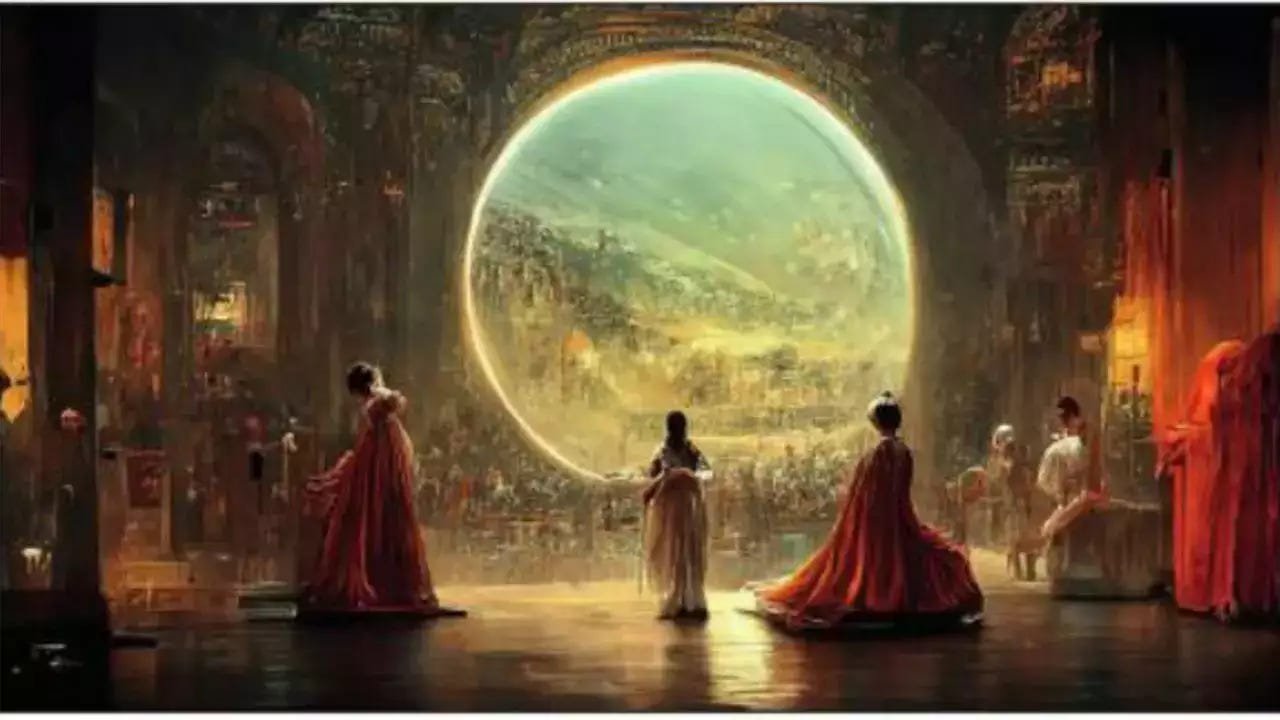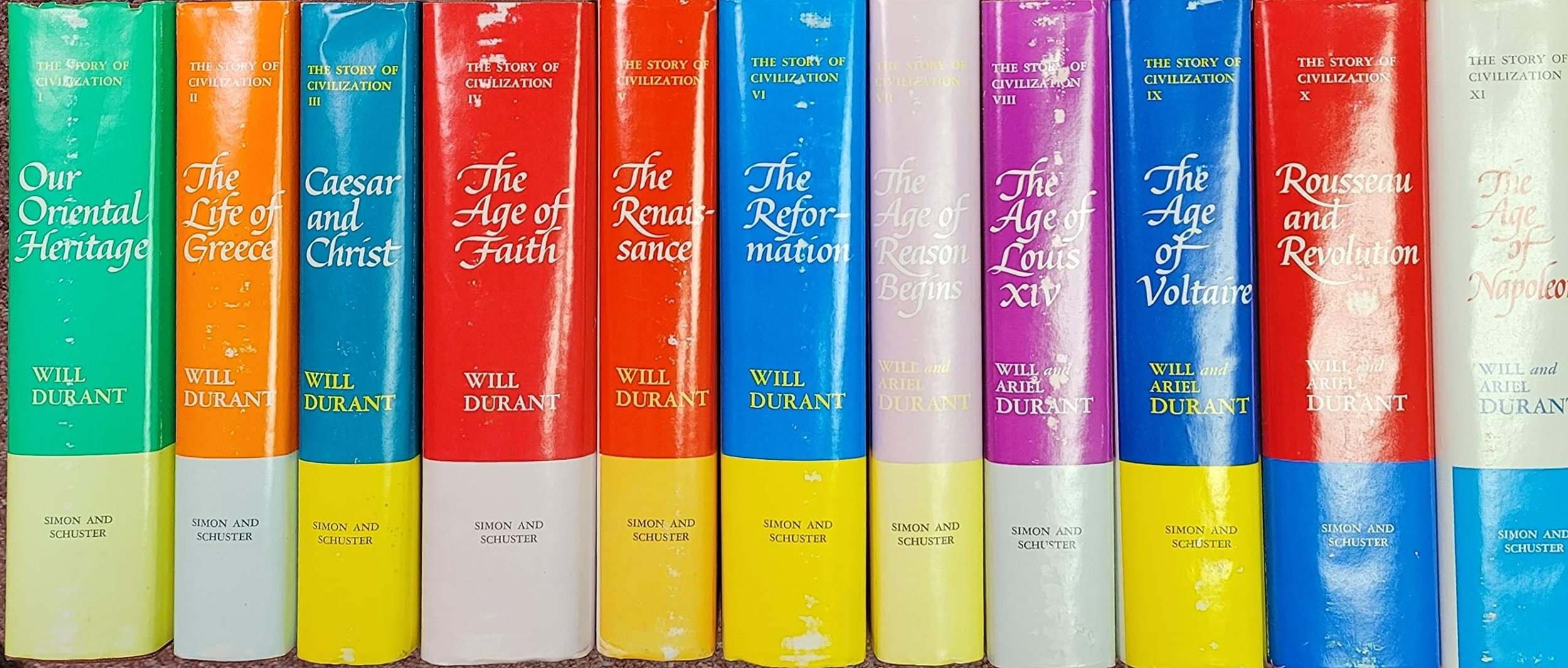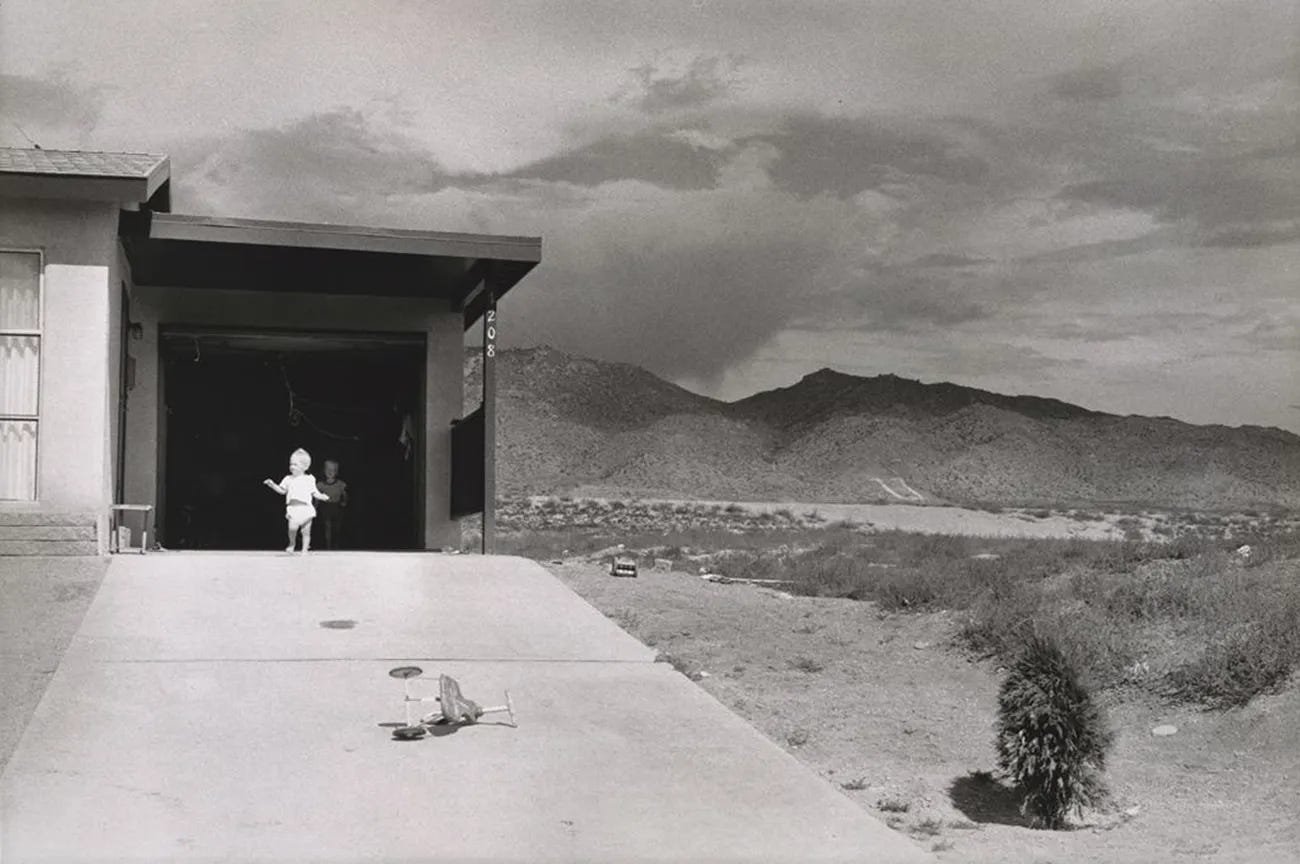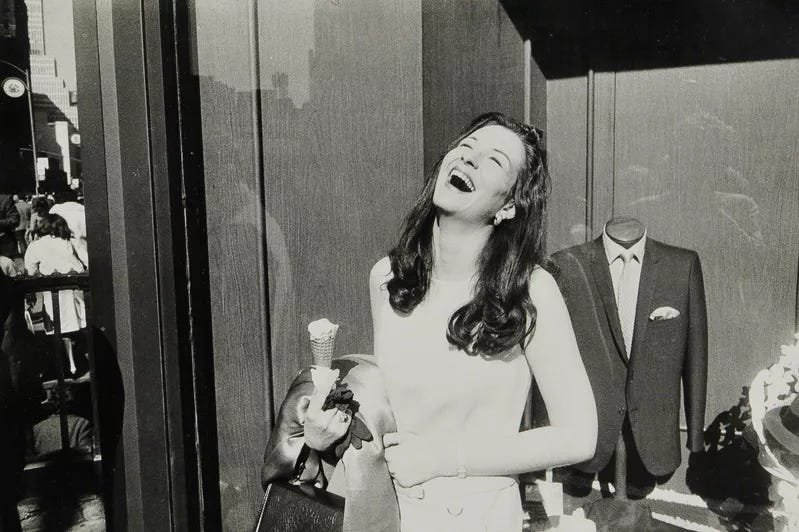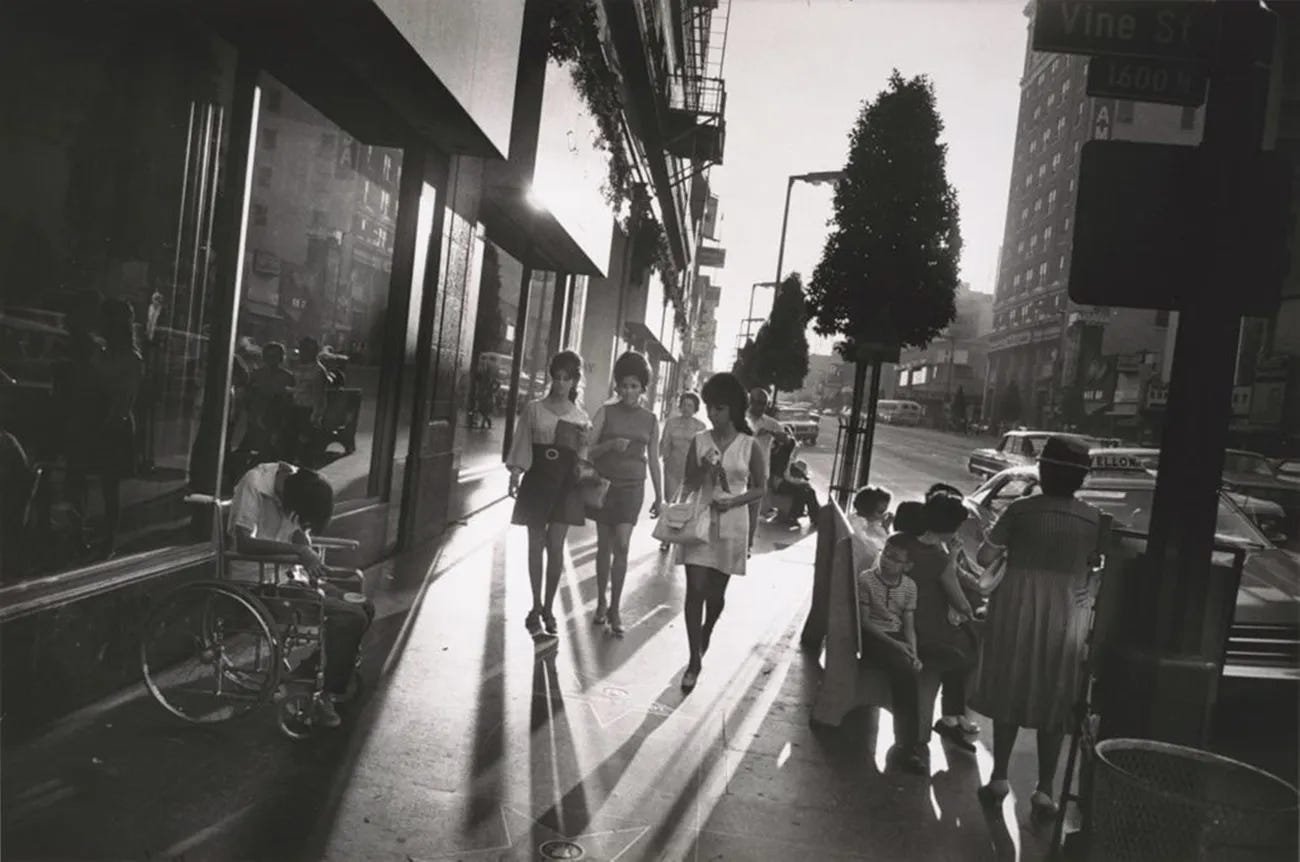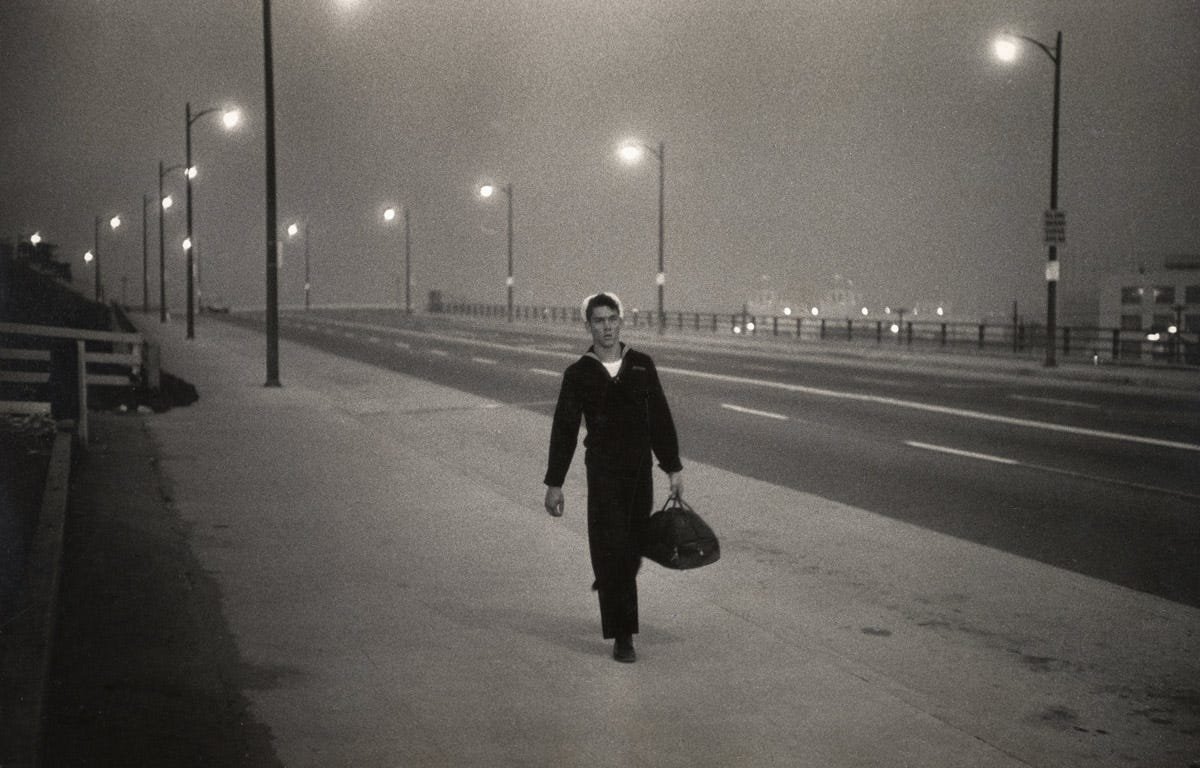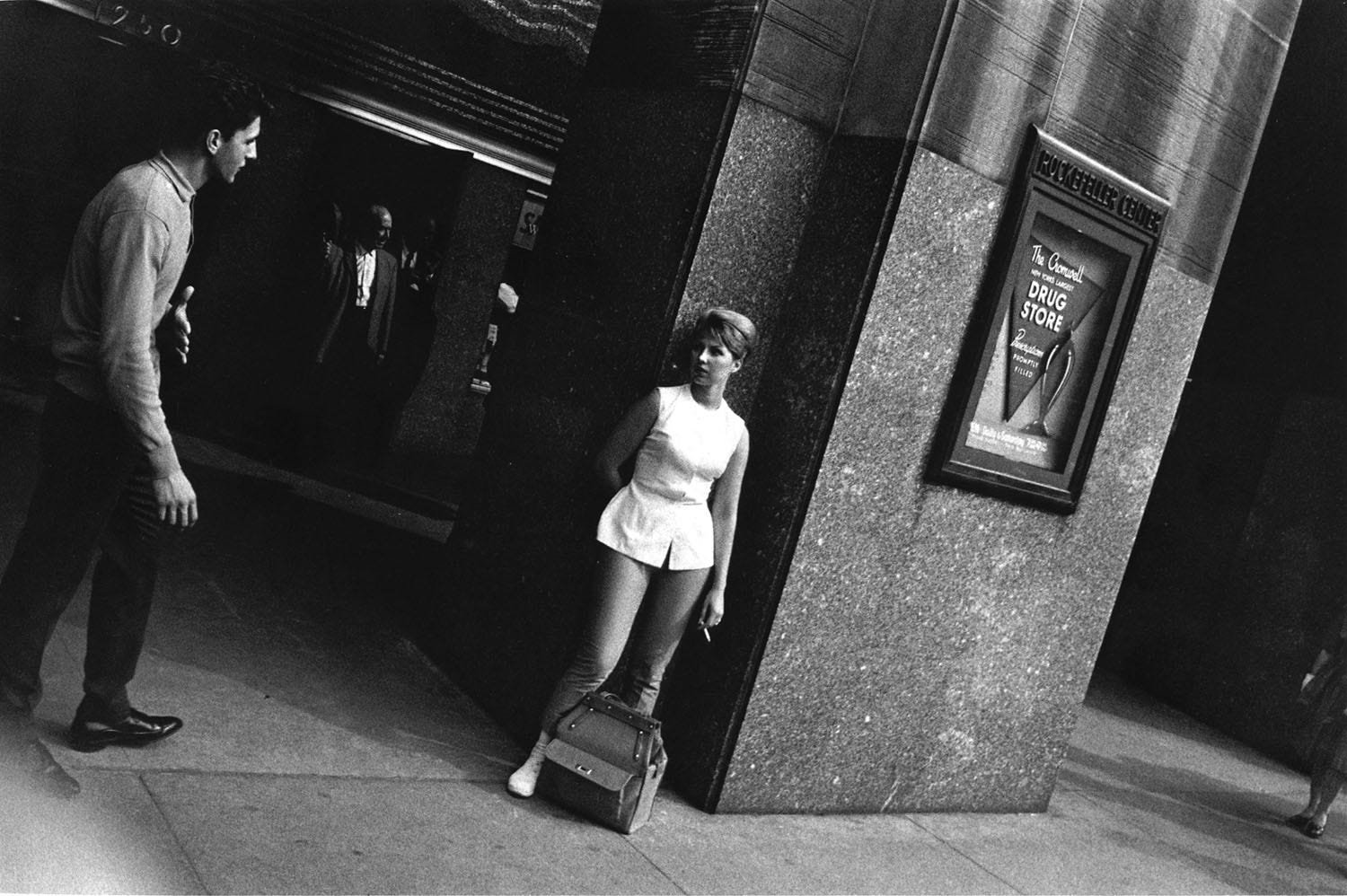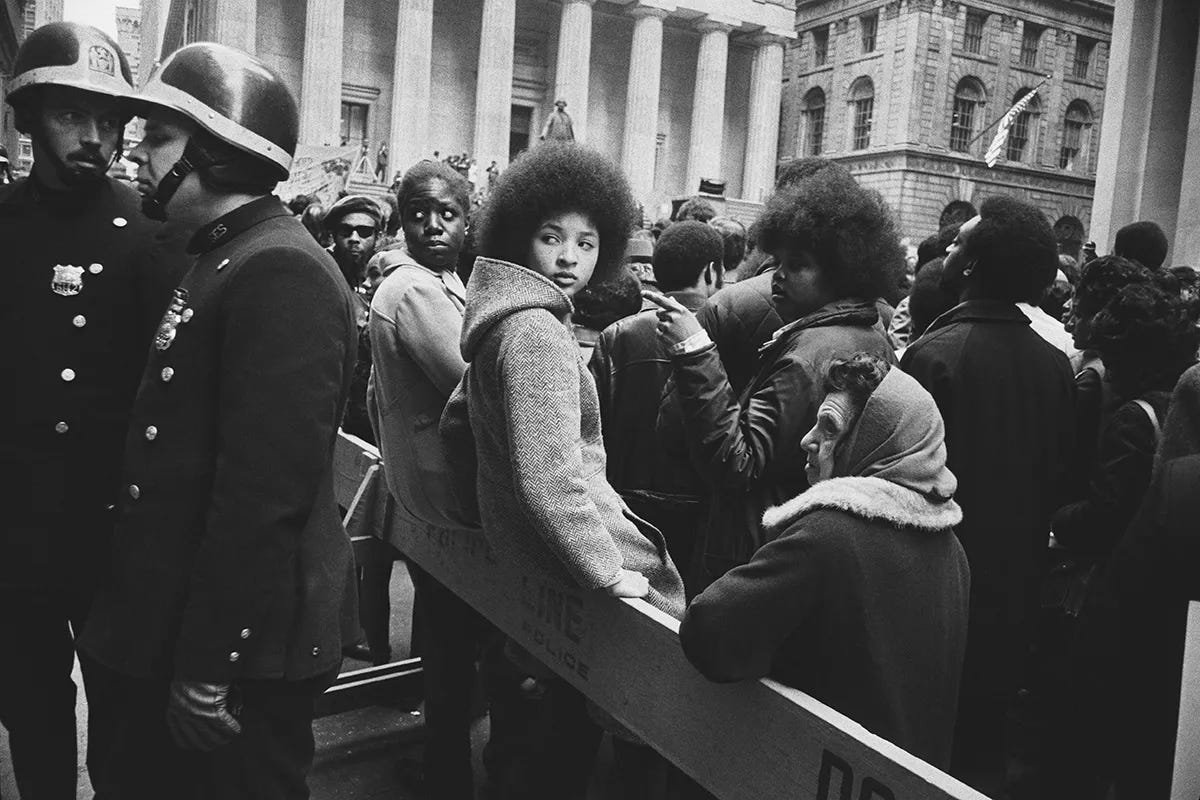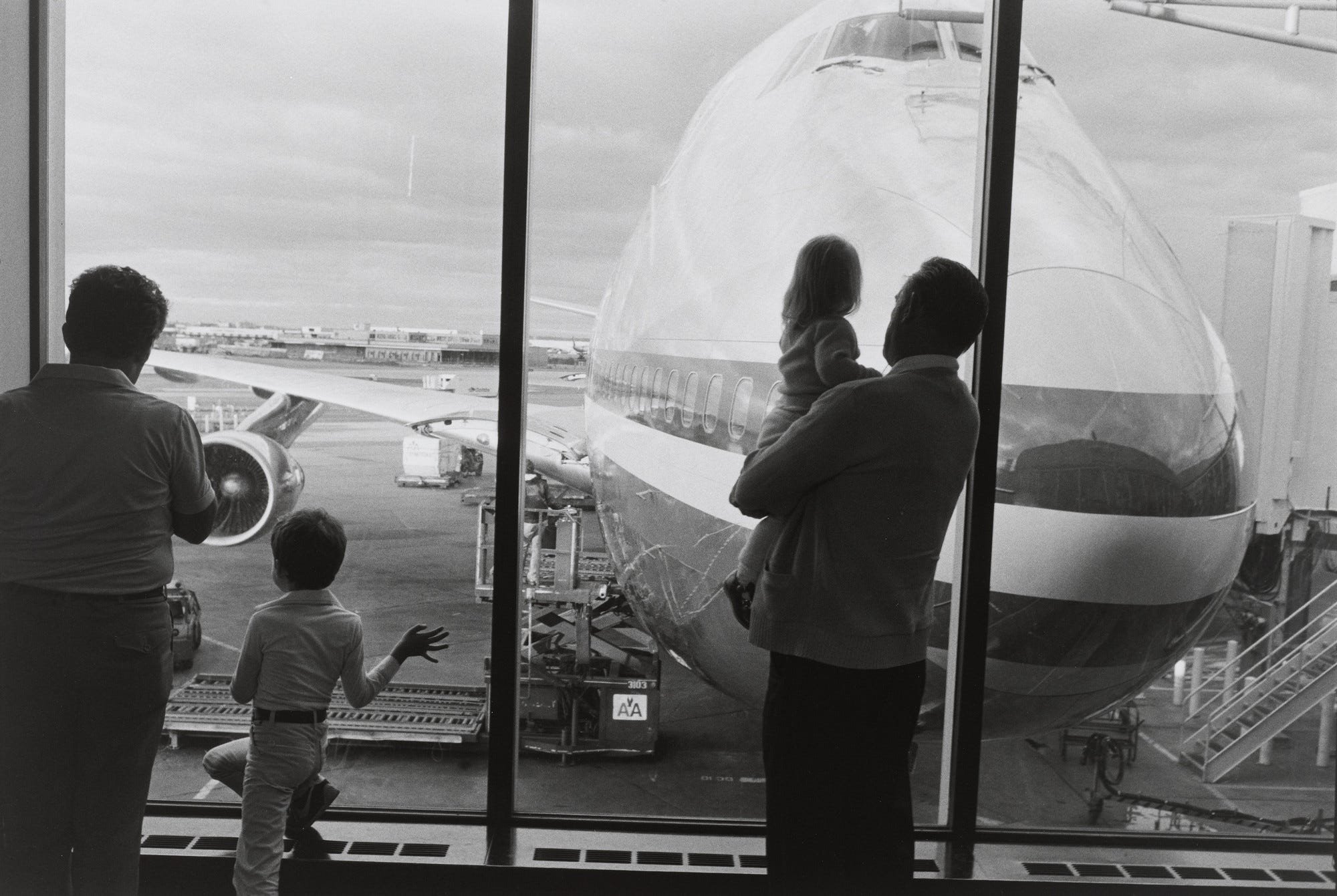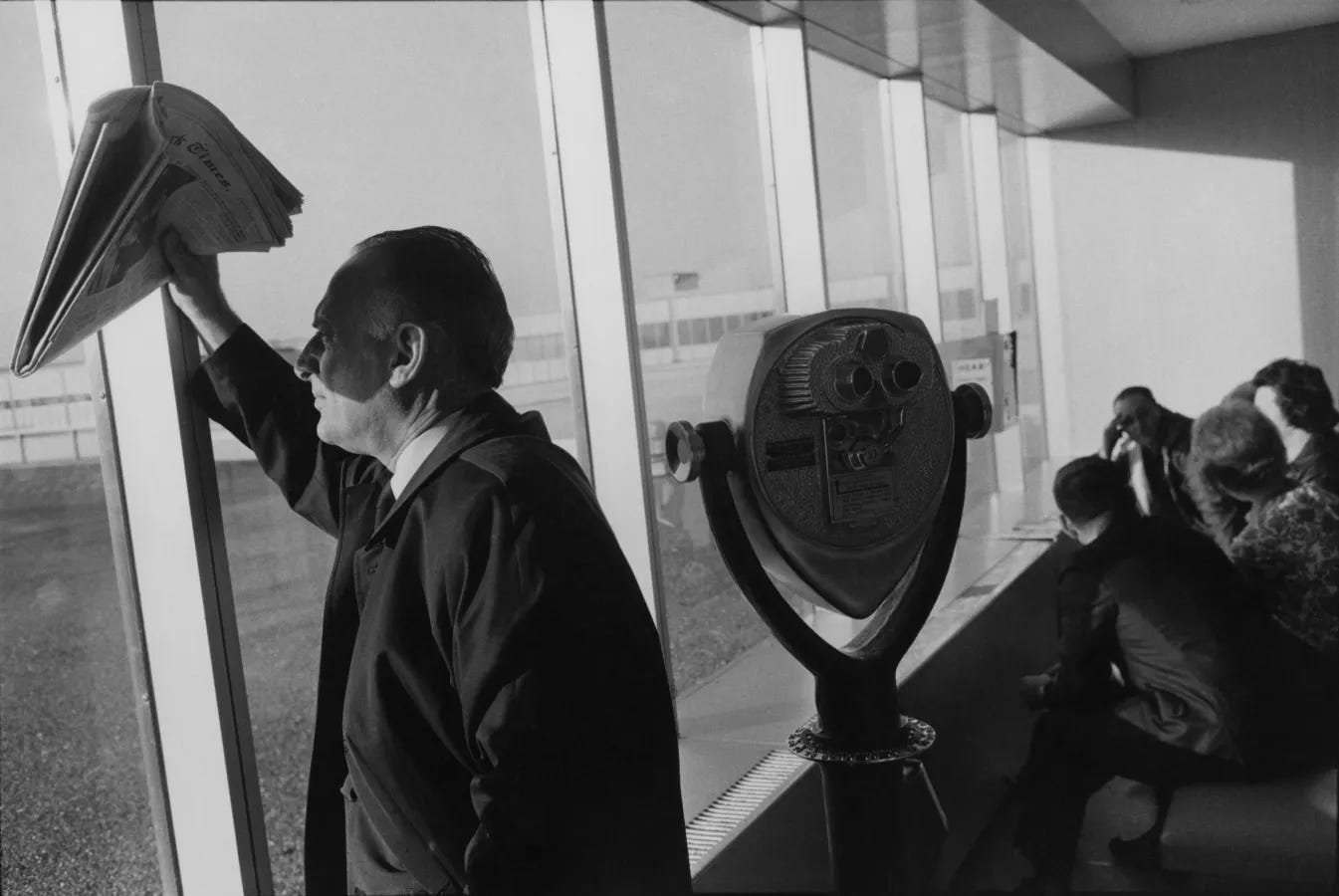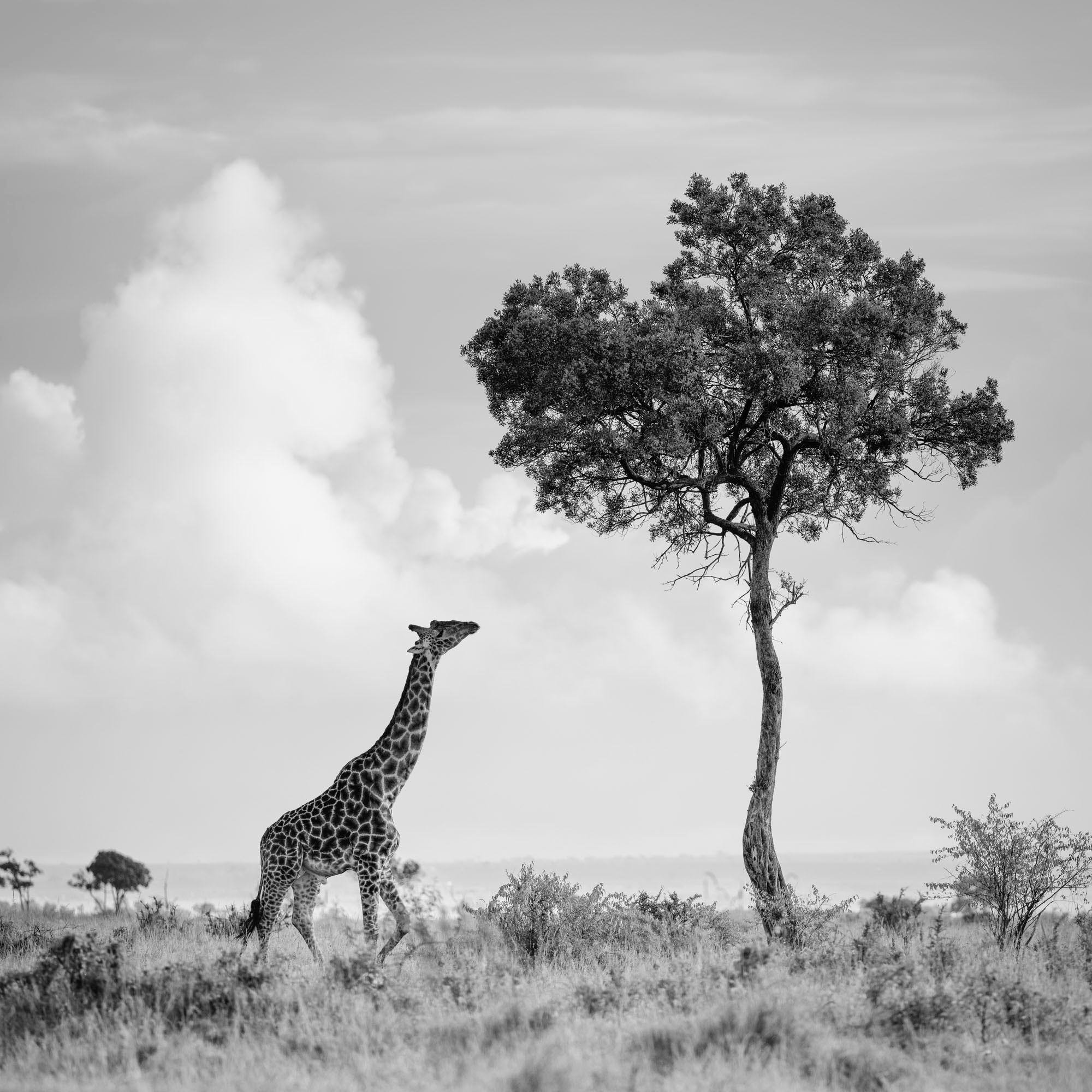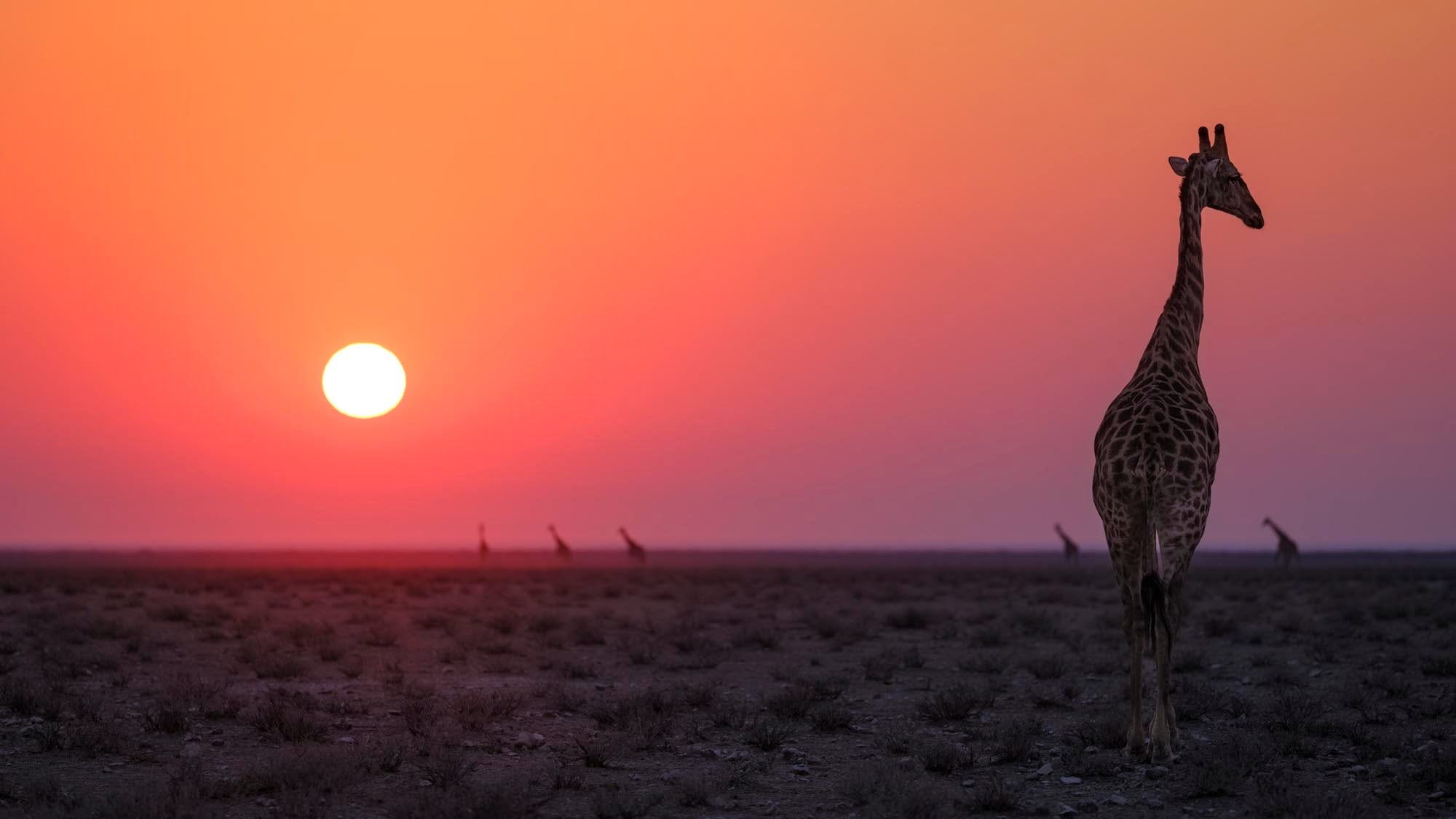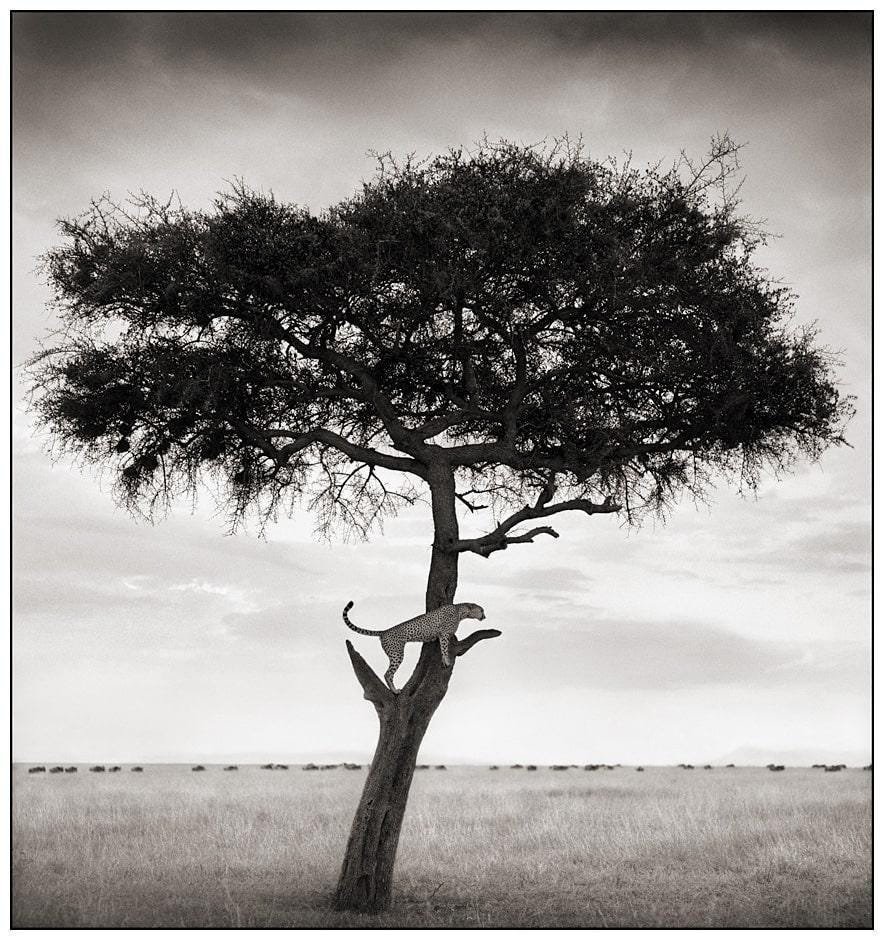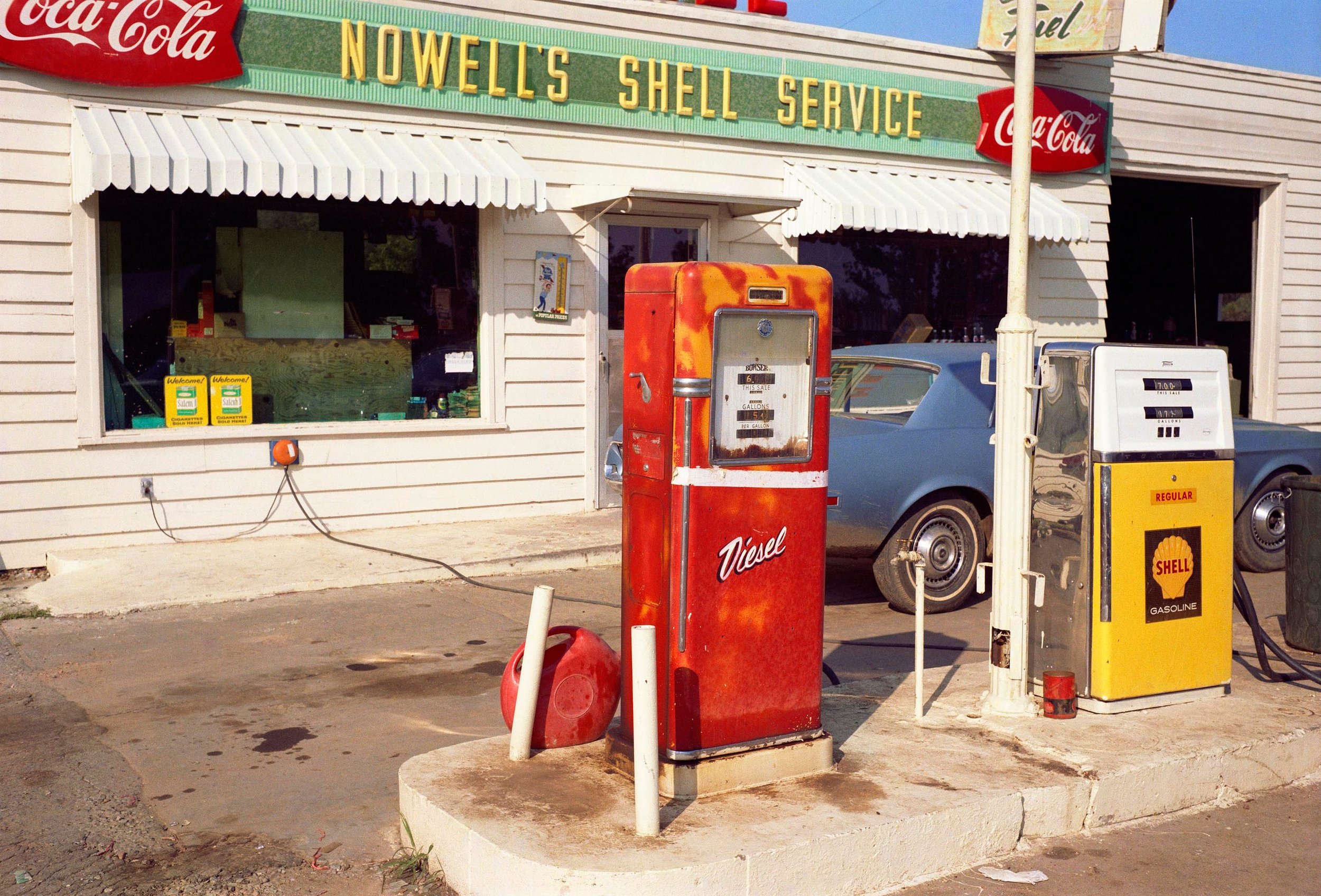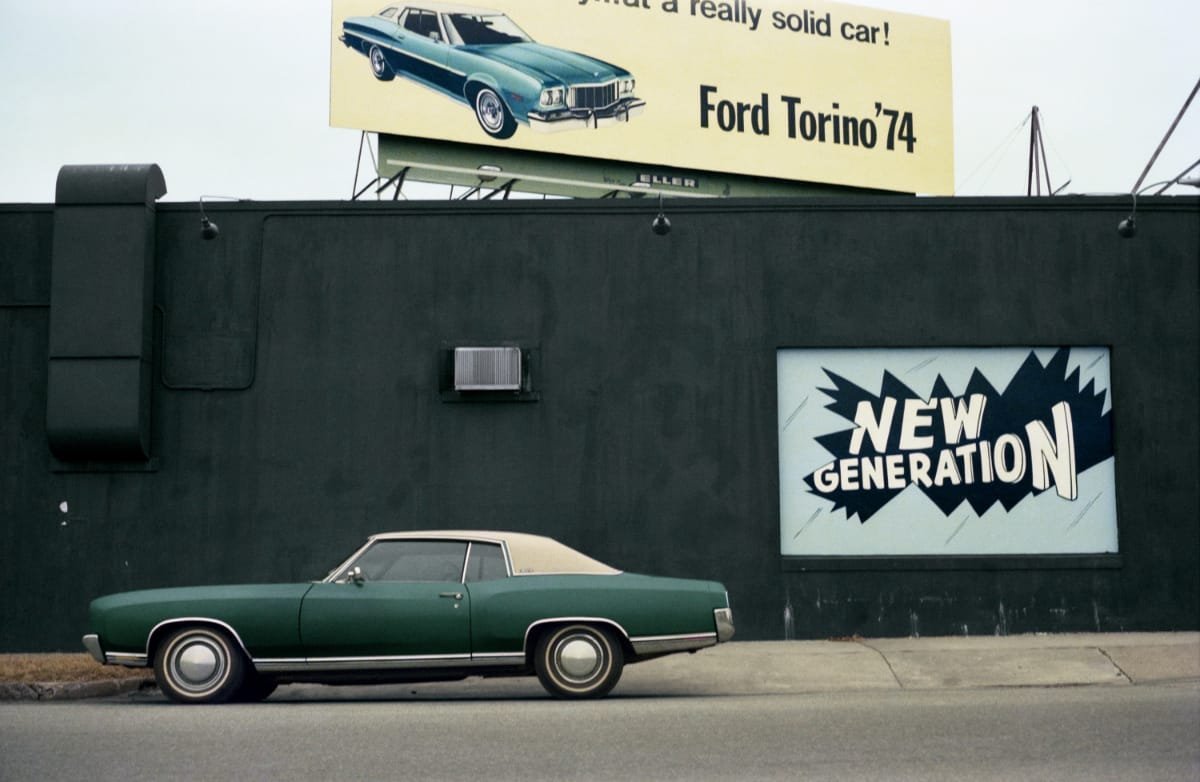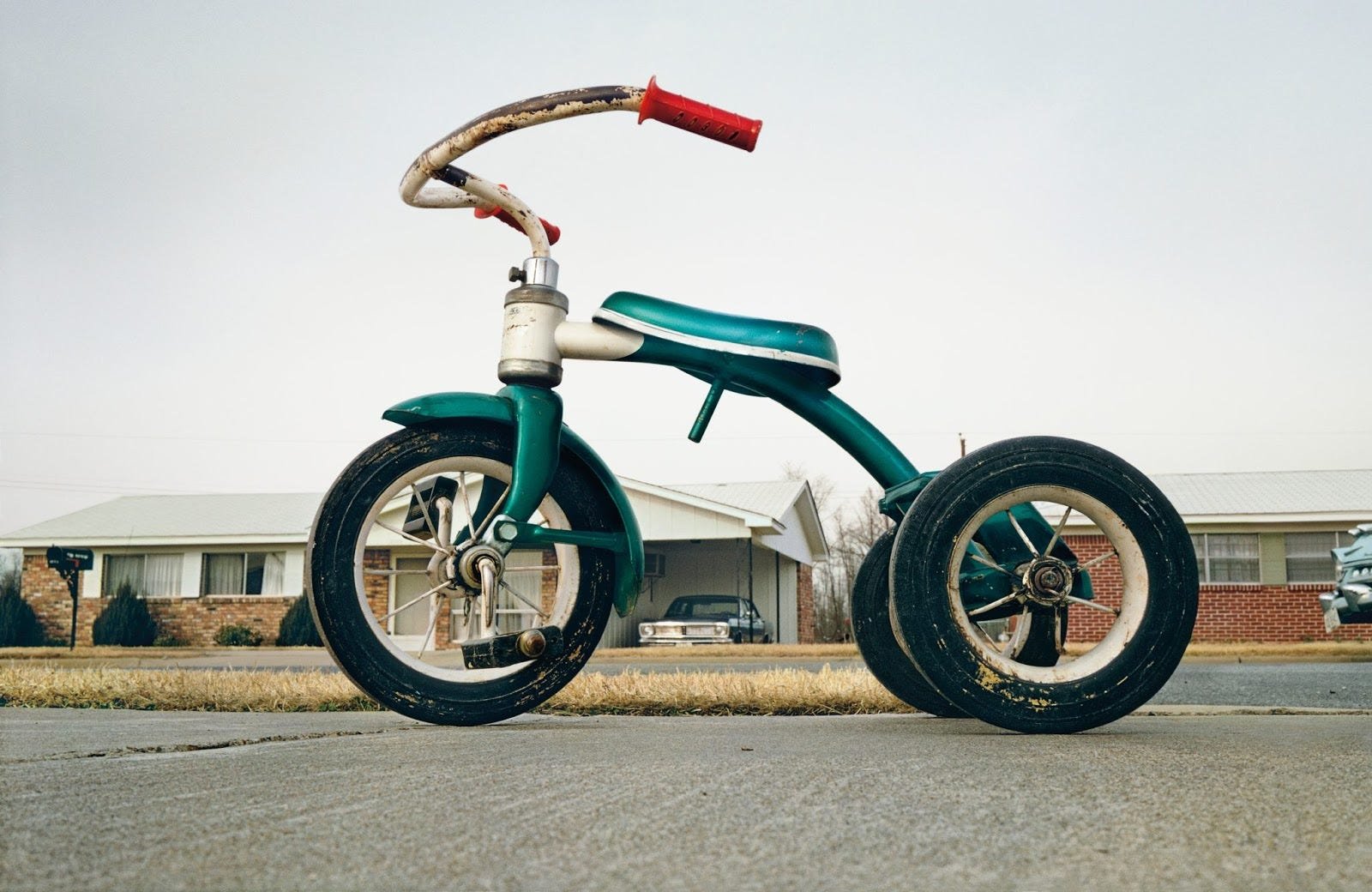The 4P’s: Perspectives. Points of View. Provocations. Plan of Action.
Photography by Uwe Langmann
In a world filled with increasing amounts of data, computational power and advances in AI, talent will matter even more if we a) focus on what is unique to humans and b) do so in a way that leverages the power of technology.
Data is as important as electricity.
No business or leader can survive without it.
But just as no company differentiates itself through its use of electricity, data alone will rarely differentiate a company or leader.
Photography by Uwe Langmann
Where the differentiation is found.
What story do we extract, weave, and tell from the spreadsheet of the numeric, the files of facts, and the streams of prompts that cascade, glitter, and dance on our screens?
Three years ago, almost every Government leader in the world had the same data about Covid-19 but they all made very different decisions on how to combat the disease.
Every year investors have access to more data and more tools, but this access has rarely made anyone a better investor and what usually separates great investors from lesser ones are how they mentally and emotionally determine what to pay attention to and how to stomach risk. Data and technology are inputs, but it is experience, wisdom, patience, and emotional fortitude that are the key ingredients when added to the inputs that result in differing results.
It was not the data or the technology that made the difference. It was the people, the history, the geography, the culture, the emotion.
Photography by Uwe Langmann
How to lead and add value today.
True leaders do not hide behind numbers and say things like “there is too much uncertainty.”
Life is uncertain.
If things were certain, a machine could do our jobs.
So let us be glad the future cannot be lived forward with only backward-looking databases.
What do we bring to the data and next generation tools when we bring the data and tools to our management, clients or to meetings?
What matters is not the data and technology but the perspectives, points of view, provocations, and plan of action we bring.
Photography by Uwe Langmann
The 4P’s
Perspective: How is what we are recommending today or what is happening today look from different vantage points? For instance, the vantage point of a longer time horizon or the vantage point of a different person. This is often what machines or less experienced people do not have.
Points of View: We often bring well documented cases and facts to buttress our arguments. These are essential. But the documentation and facts will never differentiate us versus others or machines since most people will bring the same facts. It is the point of view which matters. What do we believe this means versus what others say or what the facts state. What do we believe especially when we believe differently. Points of view matter.
Provocations: The best organizations and teams find ways to balance, unify and integrate different and diverse points of view including those that challenge the status quo, speak up to power and question accepted thinking. It is when the internal challenges go missing does a company and leader begin to miss delivering results. Thinking provocatively is often key.
Plans of Action: While perspectives, points of view and provocations help determine what needs to be done one does eventually have to “make happen”, “to do” and to take ideas and convert them to reality.
Machines will often suggest potential actions and we may calibrate different paths with probabilities of success but sooner or later true leaders and successful individuals suggest a clear-cut plan of action.
A plan of action that may be revised once data suggests otherwise but it is key to commit to action.
To succeed in an age where data is plentiful, pattern matching cheap, and machines are becoming smarter we should all begin lots of valid data and differing points of view.
But to add true value to a company and our careers it will be key to ask ourselves all the time what we offer as a) a perspective, b) a point of view, c) a provocation and/or d) a plan of action on everything we have imbibed versus just reporting facts and process.
If we do, we will forever grow and succeed.
If we do not, we will be undifferentiated and will be automated away.
Talent Will Matter Even More.
Art work by Note Thanun
Decades ago to get people to sign up, the Book of the Month Club would offer several free options which were marketed as an extra-ordinary value. (Hundreds of dollars of books for free).
This is the way the 11 volumes of The Story of Civilization by Ariel and Will Durant ended up in my father’s library in Bombay, India. (Since renamed to Mumbai).
Thousands of pages which before computers, before television in India, and before the Internet one could finish over several years.
Books were then the best technology since even radio programming was very limited in India at that time.
One key concept resonates decades later from The Lessons of Civilization.
Every advance in technology places a premium on superior ability.
During those years I was also doing a deep dive in Mathematics which was willed upon me by my parents who suggested that my passion to be a writer could wait till I had something worthwhile to say. Till then I needed to learn how to think, and Math might help in that direction.
The final year at college at the University of Bombay I had 8 courses. Each one in math. The regular ones such as Calculus and Statistics. But truly exotic ones like Mechanics.
I do not recall much if anything of those subjects all of which I ended up excelling in, but one concept stood out in Mechanics.
Leverage.
Leverage matters.
Archimedes famously said, "Give me a lever and a place to stand, and I'll move the world." This expresses the power of leverage, which, at least figuratively, moves the world. Archimedes realized that to accomplish the same amount or work, one could make a trade-off between force and distance using a lever.
Artwork created using Stable Diffusion
Technology is leverage.
As technology is widely distributed it helps individuals as much as it does institutions.
A sling shot is technology that helped David bring down Goliath.
A bow and arrow are leverage versus those who do not have arms.
But sooner or later everyone will have the armaments.
But the great archer will use the bow and arrow to create great distance between her and the less talented.
Every advance in technology places a premium on superior ability.
Today there are marvelous breakthroughs in AI technology in the currently trending ChatGPT and Lensa AI.
Experiment and sample them both and while you are it check out Stable Diffusion and Runway ML among so many other break throughs.
But remember the typewriter did not write “A Farewell to Arms” but Hemingway did.
If I had a word processor and ChatGPT and Hemingway has a pen he would write better.
If Hemingway also had ChatGPT the distance between us would be even wider.
Hemingway with a Substack would have scaled amazingly better than most.
As talented individuals do with a TikTok.
It is not the technology, it is the talent.
Today streaming and the Internet makes one of the most popular courses at Harvard on Justice or Happiness at Yale available to everybody for free.
It is not the marvels of the Internet, streaming and more that make these courses great. It is Laurie Santos and Michael Sandel.
Talent has scaled globally using technology like a lever.
So, we should worry less about how AI will replace us but how we will leverage AI to scale ourselves, our teams and companies.
Six ways to thrive.
Here are six things we may all want to consider as we move into a new AI age (which is just one of four factors including….5G, Voice/AR/VR and Block Chain… that is so going to revolutionize the future to ensure individuals, teams, and companies which in the end are just one thing TALENT continue to thrive.
Embrace technology: Those who embraced the fire and the wheel out lived and were more successful than those who did not. Learn, invest, and experiment with technology. If one is world class and does not embrace technology a good company or talent with technology will likely end up doing better. The photograph above “Theatre D’Opera Spatial “by Jason M Allen recently won a photography award and was created using Mid Journey another option to Stable Diffusion and Dall-E2. In many ways these new tools are the Photoshops of today.
Complement Technology: Machines cannot yet feel. Machines do not look ahead but are amazing at seeing patterns of the past. Machines are bad at nuance. Machines do not get cancer. Machines do not cry. How do we work with machines? How do we complement machines? Last week Stanford’s Yoav Shoham one of the leading AI researchers in the world spoke on What Next? the podcast I host on the topic of People Plus Machine: The Future of Work and describes how a young child is often more sophisticated at certain tasks than the best Ai.
Invest in learning: The problem with technology is that it has a shorter and shorter half-life and a faster and faster pace of advancement. Moore’s law saw chip technology double in capacity every 18 months but today AI progresses twice as fast. Be wary of people constantly speaking about the “good old days”. The best days are ahead but require constant learning.
The future is carbon and digital: We are going to be increasingly in a digital, data driven, silicon-based future but the differentiating edge when everyone has tech will be analog, feeling carbon-based people whether it is talent or consumers or clients. Combing the two will be key. Art plus Science. Math plus Meaning. The Story and the Spreadsheet.
Fixate on talent: Talent is job one, two and three for all companies. Companies that win will be better at attracting, retaining, and upgrading talent that can collaborate, co-exist, and combine skills with Ai. Finance will matter. Technology will matter. Logistics will matter. But people are everything. The best companies from Microsoft after Satya Nadella to Southwest and Delta versus United and American recognize that people are the differentiator and as technology scales talent will be the key. Because technology not only can replace talent that do machine like jobs, but machines also greatly magnify the impact of talent who do jobs that are synergistic with computers. And these will be most of the jobs.
Hone your talent: Every human is talented. The key is to discover what we excel at and find ways to hone our craft and skill in ways that can be enhanced with technology. This requires continues practice, re-learning and re-imagining our work and how we will work.
Author Update.
My parents were right as parents often are.
The math mattered and decades of time unearthed something worthwhile to say.
My first book, Restoring the Soul of Business: Staying Human in the Age of Data continues to sell well and will have another very strong year as companies realize that it has predicted all we have gone through in the past three years but more importantly laid out actionable ways on how to thrive as we move ahead. HarperCollins just ordered another reprint.
What Next?
Half of our waking lives our spent working.
Work has and will continue to change more in this decade than in many decades prior. Work is central not just for income but to identity, community, purpose, meaning and more but the how, why, where, what and more of work will be re-invented.
As a result society, industry and life will shift.
McGraw-Hill has just purchased the global rights and provided an advance for my next book tentatively titled Re-Thinking Work: The Future Does Not Fit in the Containers of the Past which I have begun writing and will be published in 2024
Thank you for supporting the first book which helped sell the second book.
And for reading and sharing this thought letter.
After note: In 2010 the Durant books travelled from Bombay to Chicago after we closed our parents home. They sit by a new Quest Pro.
A Way of Seeing …
Photography by Gary Winogrand
Recently I came across two separate pieces of art which resulted in me doing a “deep dive” on Gary Winogrand who has been described as “the central photographer of his generation”.
The first was Leslie Jameson’s essay “A Street Full of Strangers” which is a reverie on how viewing Gary Winogrand in a gallery made her see things differently including understanding her own challenges. It is a remarkable piece of writing catalyzed by his photography. ( the link takes you to to the sane article under its original title)
Jameson writes: “These were stunning scenes not because they were extraordinary, but because they weren’t. They were full of ordinary people seen so clearly that they became extraordinary in their beauty. “How do you make a photograph that’s more beautiful than what was photographed?” Winogrand once asked. But I didn’t see his photos that way. I didn’t think he was making the world more beautiful; I thought he was excavating beauty that was already there. His alchemy didn’t turn the world holy so much as it revealed that the world had been holy all along—"
Photography by Gary Winogrand
The second was a 2019 documentary on Gary Winogrand “All things are photographable” which reminds us that great art like great architecture can only be admired from a distance whether it physical distance or the passage of time. Pictures taken in the 1960’s make us see who we are today better than many photographers.
“There is nothing as mysterious as a fact clearly described,” Winogrand said, and his photographs perform some version of this seduction by way of plain exposure. “That’s all there is, light on surface,” he also said, which made me think of a deceptively simple statement Edward Hopper had made about his own art: “What I wanted to do was paint sunlight on the side of a house.”
Photography by Gary Winogrand
The Gary Winogrand Way of Seeing
Gary Winogrand who died in 1984 was the first digital photographer decades before digital in that he was not constrained by the scarcity of film and took over a million pictures. He combined a disinterest in technique with an obsessive devotion to shooting on the street all day, every day.
Gary was most alive when he was outside of himself which was when he was behind a camera lens. He once said “I get totally out of myself. It’s the closest I come to not existing, I think, which is the best – which is to me attractive.”
To him seeing was key:
“Sometimes I feel like … the world is a place I bought a ticket to,” Winogrand once said. “It’s a big show for me, as if it wouldn’t happen if I wasn’t there with a camera.”
“When I’m photographing, I see life.”
Photography by Gary Winogrand
Gary Winogrand on photography as the work and craft on how to see.
“You have a lifetime to learn technique. But I can teach you what is more important than technique, how to see; learn that and all you have to do afterwards is press the shutter.” ~ Garry Winogrand
“Photography is not about the thing photographed. It is about how that thing looks photographed.”
“No one moment is most important. Any moment can be something.”
“You know, I really don’t think you learn from teachers. You learn from work. I think what you learn, really, is how to be- you have to be your own toughest critic, and you only learn that from work, from seeing work.”
Photography by Gary Winogrand
A Winogrand way of seeing: The tilted camera
“There’s an arbitrary idea that the horizontal edge in a frame has to be the point of reference.”
“Frame in terms of what you want to have in the picture, not about making a nice picture, that anybody can do.”
“You’ve got to deal with how photographs look, what’s there, not how they’re made.”.
Photography by Gary Winogrand
A Winogrand way of seeing: Focus on the choreography of legs.
How often do we look down versus looking up when we take photographs ?
Winogrand often looked at the ballet of his subjects movements.
Photography by Gary Winogrand
A Winogrand way of making us see: Show others seeing.
Gary Winogrand often focussed on now what people were looking at but at them looking at the object.
He believed we saw when we saw others see.
Photography by Gary Winogrand
A Winogrand way of making us see the specialness of of every day: Bringing feeling to the ordinary.
“If Garry Winogrand photographed everything, all the time, as he is famous for having done, his pictures of airports convey the many still very familiar sights and spaces and sensations attached to air travel. Arriving at an airport, checking baggage, watching other travelers amble, walk and sometimes rush by luggage trailing and flailing and neatly rolling along, passengers waiting forever on those long rows of attached seats, friends and relatives greeting each other and saying goodbye…
Photography by Gary Winogrand
Garry Winogrand suggests to see better we need to look more often, look with different perspectives and look where others do not.
Growth.
Photography by Peter Delaney
In a 24-hour period I had the opportunity to a) attend an Ad Council Event in New York where one key takeaway was how we grow and learn in our jobs and experience and not just by gaining academic credentials, b) launched this week’s latest What Next? Episode with a Vice-Chairman of JP Morgan Chase (link below) who discussed how to grow Client relationships and c) spoke with Kat Gordon the legendary founder of the 3% Conference on evolving careers and she noted that there are so many flavors of the way people and organizations grow where many of them are not about scale and size.
Photography by Peter Delaney
Most growth is internal.
When we speak about a person growing unless it is about a child or teenager it is not about physical growth but an emotional and mental deepening, a honing of craft, an enhancement of skills.
This growth comes through some combination of the turbulence and cycle of life, deliberate practice to improve or just the enhanced cognition, connection and tactile skills that come from repeated work or different experiences.
While some of this “growth” might be measured in financial metrics and some in other quantitative measures most growth is about a “way” then a “what”, about an internal shifting of priorities and perspectives than an external enhancement.
In fact, and unfortunately most growth comes when the external signs point to diminishment whether it be illness that brings a reduction in well-being, a career or financial setback that creates a dilution of assets and reputation or a loss of relationships and sense of bearing.
When most growth that matters and that makes people and organizations more resilient, or grows new muscles and perspectives and which builds mental, emotional, and other assets cannot be measured in the ways we gauge success we should think again about what “growth” is.
Growth might be about learning, recovering, overcoming and the scarred and tattooed with shocks of life might be the people we most want in these turbulent and changing times?
Photography by Peter Delaney
Growing business may not be about selling, speaking about your company’s way, or claiming you and your organization can do it all.
Fabrice Braunrot spent his entire working career at JP Morgan Chase where he worked full time for 34 years and now continues to be connected as a teacher and guide in their learning and development arenas helping mid-level executives grow and helping the adjustment of external senior hires into the company. Fabrice’s new career is as an investor in many areas including his passion of healthy food and eating.
In four decades of observing companies and clients all around the world Fabrice identified ways to grow business and relationships.
Growth comes through solutions, relationships, and trust.
Selling rarely works solving problems does.
Few clients or consumers are interested in buying what a company is selling. They have problems that must be solved, jobs that need to be done, goals that need to be achieved.
While this may be obvious, and many companies claim they do this look carefully and one observes 1) a focus and pressure on making the quarterly number which leads to pushing product and services versus understanding needs 2) following of “scripts” about how the sellers’ company has a new approach, a new organization, or a new product.
Understanding a clients’ needs takes time and any smart buyer knows when a seller is following a script. How many understand deeply what they are offering so that they can take the script and company mumbo-jumbo and frame it in their own language and to the Client needs?
Relationships are built on common frame of references
The buyer or client is a person too.
They have interests and passions. Today there are so many ways to learn about the person who is the buyer versus the buyer’s role and power in a company.
By understanding the person and connecting on what helps them grow as a person or what they are passionate about versus just the growth of the company is a way to connect.
Trust is often earned by helping Client’s find other solutions than the one you or your company is offering.
Often some or all the solution to a problem that a buyer may have might not be what you do at a world class level. Guiding and helping them find the best solution even if it is outside your organization is a very smart move most of the time.
a) The Client gains trust in you and will come to you with many more problems to solve whether you or your company can do it for them. This will allow for more opportunities to potentially solve problems for them or see patterns in needs that you and your company can build expertise.
b) The companies you send business to you will become strong partners and will often send business back and may be potential merger and acquisition candidates.
Grow by helping the other grow.
Photography by Peter Delaney
Growing by upgrading our mental operating systems.
Companies and teams grow when people grow.
Here are three short pieces (6-minute reads) on learnings on how we can all help our teams and ourselves grow in these turbulent times:
1)How to learn and build a habit of learning:
2)How to better understand other people and point of views:
3) How to take time to grow ourselves:
Appreciation.
Among the teachings of the Stoics is the ephemeral nature of life and the passing of time.
The followers of Wabi-Sabi in the Orient recognize the impermanence, imperfection, and incompleteness of all things.
The Poet Kate Ryan writes of the “joy of finding lost things”
And Carly Simon in “Anticipation” sings that she will stay right here because these are the good old days.
From all these individuals one learns three mental exercises to appreciate what we have:
Imagine a thing you own or a person or place you appreciate lost.
Imagine that you were doing something for the last time.
Imagine that the life you lead is the life that millions aspire to as you aspire to some other life.
Photography by William Eggleston
The joy of finding lost things.
All of us have lost things and sometimes re-found them.
Often not.
A set of keys, a wallet, a passport.
Sometimes a child in a crowd and sometimes a friend after an argument who we make up with.
Other time it is our health or a home or a job.
When we lose something, we often feel more pain in its absence than the joy we had in its presence.
Whenever we have the opportunity to recover it, we appreciate it more than ever before.
An exercise from the Stoics is to imagine you have lost something to appreciate what one has.
As the line goes “we do not know what we have until we have lost it”
Photography by William Eggleston
Paying attention as if we were doing it for the last time.
What makes the ordinary and every day extra-ordinary is that one day it will not be so.
There will be a last day a child will crawl. A last day you will see someone. A last day you will visit a place or drive a car or go to a restaurant. Sometimes we know the last times and often we do not. When we are aware of the last times, we have a higher sense of attention and a sensitivity to the specialness and the passing of the moment.
But these last times come every week and sometimes every day.
The ordinary becomes extra-ordinary when we pay attention, and we find poetry in the crevices of every day.
Photography by William Eggleston
We are living the life that many aspire to.
Most humans aspire to the next better and bigger thing. A combination of our hedonistic adaptation (getting used to what we have), benchmarking against others and other things (the income and home we thought would be amazing a decade ago may be seen as just okay when compared to others) and imagination (our ability to imagine greater, bigger and better or be reminded of it in our media streams) all drive us to next.
We sometimes define our happiness by our advancement toward the things we do not have versus the things we do have.
Most people living in the Western World of the Upper and Upper Middle Classes of most countries who also have their health are living the life that billions aspire to.
The life we have got used to is the aspiration for most people.
We are living the dream life for many as we dream of living some other life.
We may wish to celebrate every new day as a day of thanks and gratitude.




